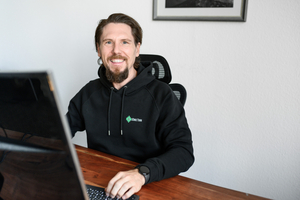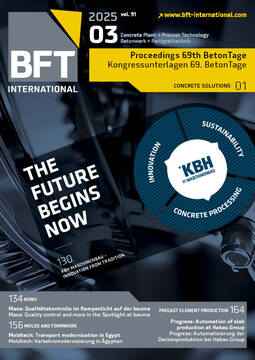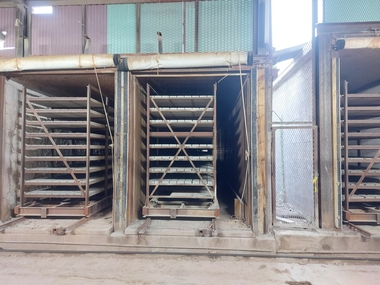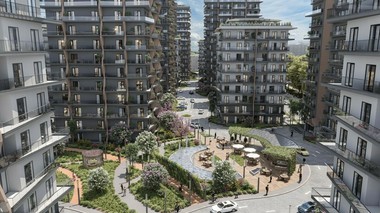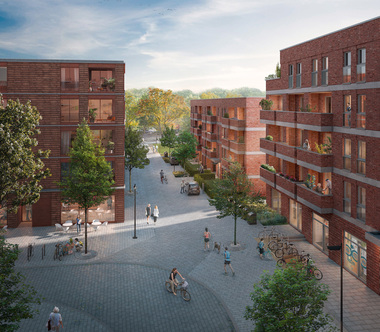Energy footprint of the dry side / Reduction of CO2 in the production of concrete products / Material substitution
The concrete industry is faced with the challenge of meeting increasing quality requirements and ambitious climate targets in equal measure. Innovative technologies that improve product quality, such as curing chambers for controlled and accelerated curing, often go hand in hand with increased energy requirements. This leads to a conflict between economic and ecological objectives. However, instead of sacrificing progress, we should be looking for solutions that meet energy requirements while reducing CO2 emissions. Pyrolysis technology, in particular the WASTX Carbon plant, presents itself as a promising approach here, which has aroused my particular interest.
The WASTX Carbon plant utilizes pyrolysis to generate energy from biogenic waste materials. These residues are decomposed at high temperatures in the absence of air, producing valuable products such as pyrolysis gas, pyrolysis oil and biochar. The pyrolysis gas produced can be used in our plant to generate heat and electricity, making us less dependent on external energy suppliers and reducing CO2 emissions at the same time.
The biochar produced during pyrolysis is particularly interesting. It can be used as an aggregate in our concrete products and stores CO2 in the long term. This enables us to significantly reduce the CO2 footprint of our products and improve the material properties at the same time. The WASTX Carbon plant therefore offers the opportunity to cover energy requirements, improve the CO2 balance and promote the circular economy. I see great potential in this technology for the concrete industry, as we can utilize almost the entire output of the plant ourselves and thus make an important contribution to sustainability.
The integration of pyrolysis technology into the production of concrete products is a promising approach that has the potential to change the industry in the long term. Pyrolysis in combination with the innovative use of biochar offers a wide range of possibilities that need to be further researched and optimized. This is a way in which the concrete industry can make an important contribution to achieving climate targets and at the same time strengthen its competitiveness.

